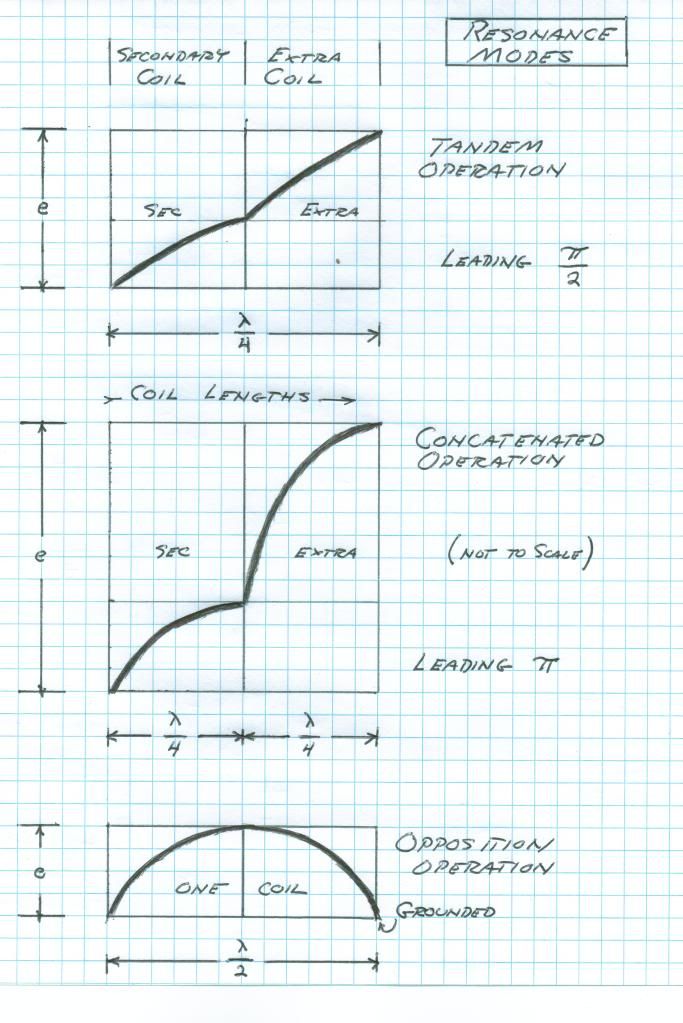orgonaut314 telluric output
orgonaut314 hi astronod here .
ok on ya ballun always good to learn RF technics .
what ya can try is make 2 LED` s in antiparallel and hook it up between the down output and the ground plane start with signal gen power only .
search resonance gound plane is free floating no extra connection to ground.
if that work , replace the the 2 led` s with a small light buld like for the bike light or smaller . if you have no small light bulbs more leds antiparallel is ok to .
so it can hold about your 2 watts .
you can try to with just 2 leds and the 2 watts just gently put more use out of the signal gen .
the neon .. put it on a non conductivce stick and hold it to the top coil output .
one lead of the neon could hit the output of the top coil .
see what happen .
all the best PD7Z
orgonaut314 hi astronod here .
ok on ya ballun always good to learn RF technics .
what ya can try is make 2 LED` s in antiparallel and hook it up between the down output and the ground plane start with signal gen power only .
search resonance gound plane is free floating no extra connection to ground.
if that work , replace the the 2 led` s with a small light buld like for the bike light or smaller . if you have no small light bulbs more leds antiparallel is ok to .
so it can hold about your 2 watts .
you can try to with just 2 leds and the 2 watts just gently put more use out of the signal gen .
the neon .. put it on a non conductivce stick and hold it to the top coil output .
one lead of the neon could hit the output of the top coil .
see what happen .
all the best PD7Z

 I just figured out what causes the radiation to drop it was opening and closing the door! My earth wire is going through the door and somehow the door makes for extra capacitance in the ground wire (turned out to be a bad connection to ground). Leaving the door open is best.
I just figured out what causes the radiation to drop it was opening and closing the door! My earth wire is going through the door and somehow the door makes for extra capacitance in the ground wire (turned out to be a bad connection to ground). Leaving the door open is best.

Comment